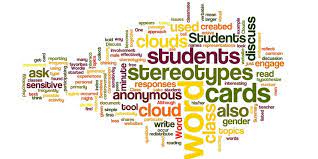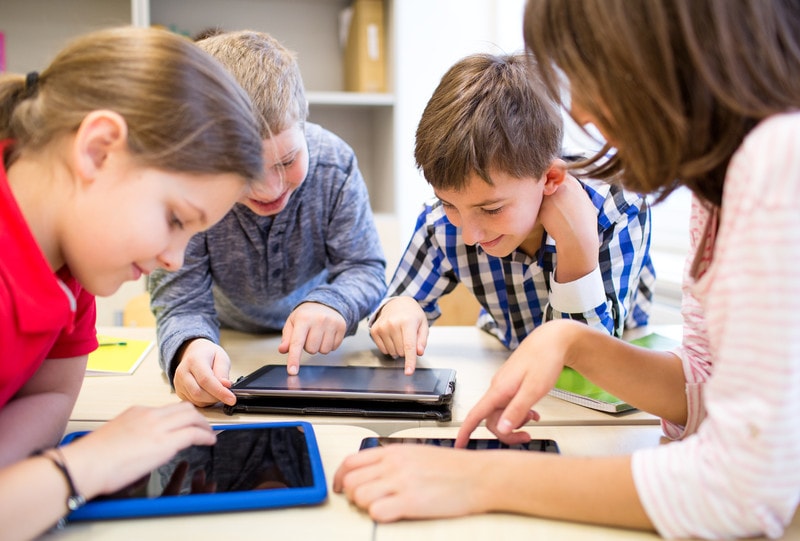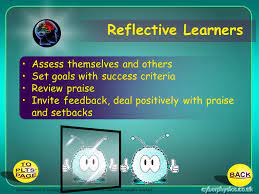Introduction
The New Vetting and Barring Scheme (NVBS) is an initiative designed to improve the safety of children and vulnerable adults by ensuring that only suitable individuals are allowed to work with them. This article delves into the details of this newly-implemented scheme, discussing its purpose, various components, and potential implications for those working in sectors involving close contact with vulnerable populations.
Purpose of the New Vetting and Barring Scheme
The NVBS was established in response to concerns that existing checks, such as the Disclosure and Barring Service (DBS), were not comprehensive enough to protect vulnerable individuals from harm. The primary aim of the NVBS is to provide employers with accurate, up-to-date information about a prospective employee’s suitability to work with children or vulnerable adults. It aims to strike a balance between safeguarding these populations and maintaining an individual’s right to privacy.
Components of the New Vetting and Barring Scheme
1. Enhanced DBS Checks: The NVBS utilizes enhanced DBS checks, which involve a more thorough examination of an individual’s criminal record. These checks consider both spent and unspent convictions, as well as cautions, reprimands, and warnings. Any information deemed relevant by the police can also be included.
2. Continuous Updates: Under the new system, there will be continuous updates on individuals’ suitability status. Employers will receive notifications if any changes occur in an employee’s status that may impact their eligibility for certain roles.
3. Barred Lists Checks: The NVBS involves checking whether an individual appears on either of two barred lists – one for working with children (the Children’s Barred List) and another for working with vulnerable adults (the Adults Barred List). Inclusion on these lists indicates that an individual is legally prohibited from working with the respective population.
4. ISA Registration: To be eligible for work involving contact with children and vulnerable adults, individuals must now register with the Independent Safeguarding Authority (ISA). Those who fail to do so risk being barred from certain roles.
Potential Implications of the New Vetting and Barring Scheme
While the NVBS has been widely commended for its efforts to improve safeguarding measures, it also raises concerns regarding privacy and potential impact on employment opportunities. As a result, it is crucial for employers to familiarize themselves with this new scheme, ensuring that they adhere to the requirements while bearing in mind the implications for prospective employees.
In conclusion, the New Vetting and Barring Scheme represents a significant step towards enhancing protection for children and vulnerable adults. By increasing the level of scrutiny applied to prospective employees in sensitive sectors, this initiative aims to create safer environments for those who need it most while maintaining a balance with individual rights.











